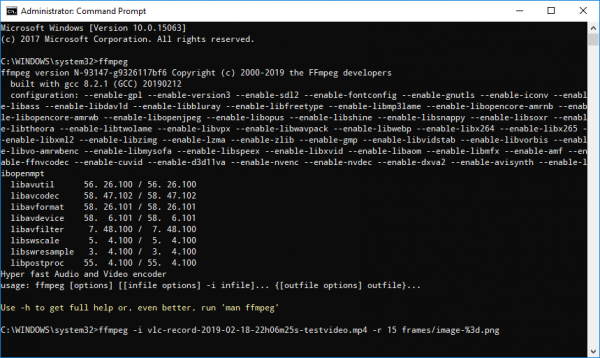



How to determine the best extraction rateįor virtual tours, the main measure of extraction comes down to the distance you want between photos.Īs noted in this post on the Google support forum, Google Street View paths (photos connected with a blue line) should not be greater than 5 metres apart.įor the optimum viewing experience of virtual tours, we have found photos about a metre apart work best. This number is inflated, but you lose the advantage of the compression provided by video codecs.Īt scale, this quickly adds up to very big numbers in terms of storage space and processing power required. For example, if a video was shot at 30 FPS, you would extract all 30 frames.įor a video of 10 minutes, that is 18000 frames ( (30圆0)x10).Īssuming each frame is about 10Mb (about right for a 360 photo), that is 180Gb of images.

In a perfect world, you would extract all video frames. Though extra frames come at a cost, and we had to apply some trade-offs when building Explorer. Ultimately, this means there is more footage for us to work with (and discard as needed), not afforded when using timelapse mode. In video mode you can record up to 120 FPS 3k and 30 FPS 5.2k on the MAX. One of the biggest benefits of videos is that they can be recorded at a much higher frame rate. The MAX also only supports a frame rate of 0.5 FPS (1 photo every 2 seconds), which is not paticularly fast for moderate-speed travel (e.g. The MAX used on our v2 pack improved upon battery performance in video mode and we stated shooting in video mode only. This was a compromise as the Fusion’s video mode was very battery intensive. With the Trek Pack v1 we shot in timelapse mode, where the interval setting was determined by the speed of transport used during shooting. Last week I talked about the importance of considering framerate for timewarp videos when extracting frames from it. How we optimised the process of turning a video into frames to create virtual tours in Explorer using speed as a variable.


 0 kommentar(er)
0 kommentar(er)
